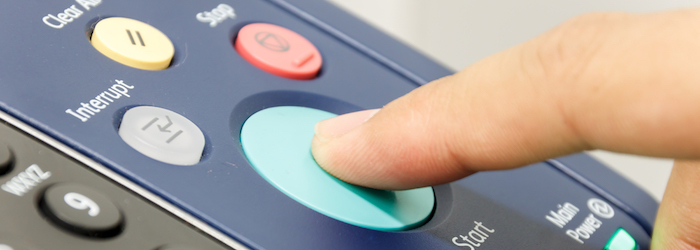The Importance of a Data Backup and Recovery Plan
If your business suddenly lost everything, digital records, data and paper documents, what would happen? It would most likely come to a standstill. Data management and the cloud have made business more secure and easier, but disasters can and do happen. Is your business ready?
Dealing With Technology Failure
You know how hard your day is when your smartphone or tablet isn’t working properly. Now imagine you’ve lost everything, data, email, your office phone system, paper documents, orders, billing, customer support….all GONE!
How much would your business suffer every hour? What would your losses be for every day you were down? How would this affect your business reputation? This is the key function of a disaster recovery plan. How do you get started? Prioritize:
Recovery Point Objective (RPO) – What information do you need to get up and running quickly? While it’s not good to lose archival data, it may not be necessary for daily operations.
Recovery Time Objective (RTO) – How fast do you need to be up and running? One day? One hour? Maybe faster?
Protecting Paper Records
Recently IDC conducted a study and found that 58% of businesses still rely heavily on paper documents. The best backup and recovery plan can’t restore paper documents. The problem with paper is that the processes that rely on it the heaviest are often most affected by it’s loss. In order to be truly effective, any recovery strategy must take this into account. Fortunately, today it’s easier than ever before to digitize paper documents.
Along with your IT strategy and paper strategy, you must consider non-digital backup and recovery:
Do you keep critical email addresses and phone numbers off site?
Do you have a method for notifying customers and staff when they […]







